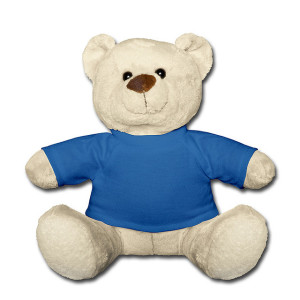Nature of Naval Fluff

Due to finals week being right around the bend, I decided to keep this posting light.
Turns out someone put forth a theory on belly button lint… and actually ran an experiment. In a faintly comical article, Georg Steinhauser offered an hypothesis for what comprises belly button lint and how it accumulates. According to Steinhauser, belly button lint accumulates as a result of abdominal hair pushing fibers towards the naval. The fibers collect in this indented central location and are mashed together into the familiar ball of fluff. As expected, the fibers come from the sloughing of cotton shirts. Logically, new shirts produce more lint than older shirts. In fact, Steinhauser’s experiment showed that over the course of a year a shirt could loose as much as 182 mg of weight in fibers that end up as belly button lint. The fibers also contain skin cells and miscellaneous other substances. Humorously, Steinhauser includes 2 figures in his article. Figure 1 shows an example of a lint collecting belly button and a non-lint collecting belly button. Figure 2 is a graph entitled “Mass distribution of the 503 pieces of navel lint in steps of 0.10 mg”. Steinhauser also proposed that the “phenomenon” of belly button lint accumulation could “be regarded as a kind of incidental cleaning function of the navel”.
I’m not including the photo; it was kinda gross.
Jill
Steinhauser, G. (2009). The nature of navel fluff. Medical hypotheses, 72(6), 623-625. doi: 10.1016/j.mehy.2009.01.015.
